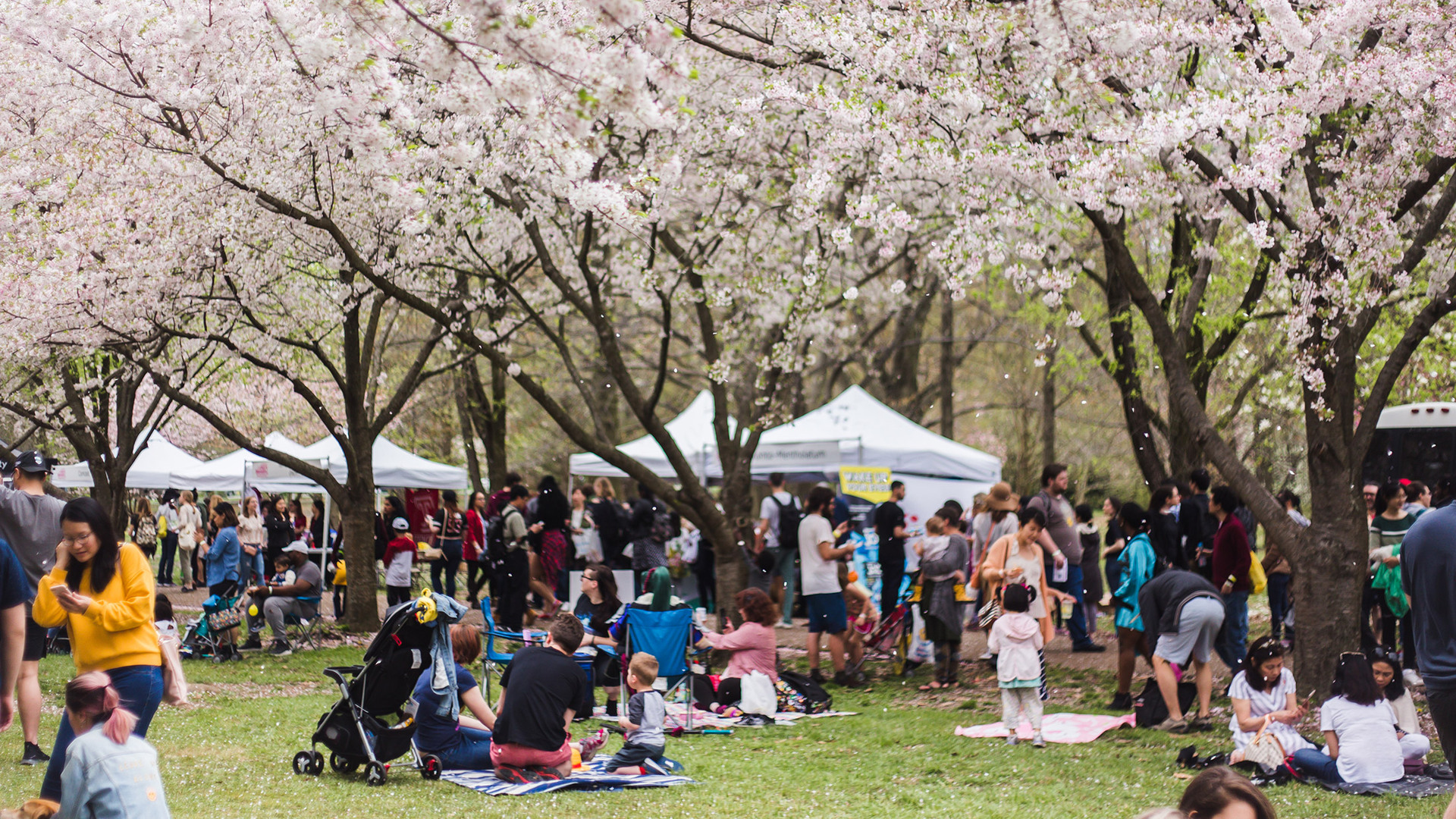
FAQ About Cherry Blossom Festivals
Can you tell me about the history of Cherry Blossom Festivals?
Ancient Japan: The appreciation of cherry blossoms dates back to ancient Japan, where the blossoms were admired for their beauty and associated with the impermanence of life. Cherry blossom viewing parties, or "hanami," are believed to have originated in the Nara Period (710-794) and became more formalized during the Heian Period (794-1185).
Feudal Japan: During the feudal era, cherry blossoms became linked with the samurai class. The short-lived nature of the blossoms symbolized the samurai's code of living in the moment and accepting the transience of life.
Edo Period (1603-1868): The Edo Period saw the development of cherry blossom festivals in major cities, with people enjoying hanami picnics under blossoming trees. These festivals were not as organized as modern ones but laid the foundation for the celebratory atmosphere surrounding cherry blossoms.
Tokyo Cherry Blossom Festivals: Tokyo (formerly Edo) organized its first official cherry blossom festival in 1872, planting cherry trees along the Sumida River. The festivals gradually became more organized and widespread.
Gifts to the U.S.: In 1912, Japan gifted 3,020 cherry trees to the United States as a gesture of friendship. These trees were planted around the Tidal Basin in Washington, D.C. This gift laid the foundation for the National Cherry Blossom Festival in the United States.
National Cherry Blossom Festival (1912-present): The first National Cherry Blossom Festival in Washington, D.C., took place in 1935 and has since become an annual event. The festival celebrates the blooming of the cherry trees and the enduring friendship between Japan and the United States.
Spread to Other Countries: The idea of celebrating cherry blossoms has spread to various countries, with Cherry Blossom Festivals held in locations like South Korea, Taiwan, Canada, and Germany. These festivals often draw inspiration from Japanese traditions while incorporating their own cultural elements.
